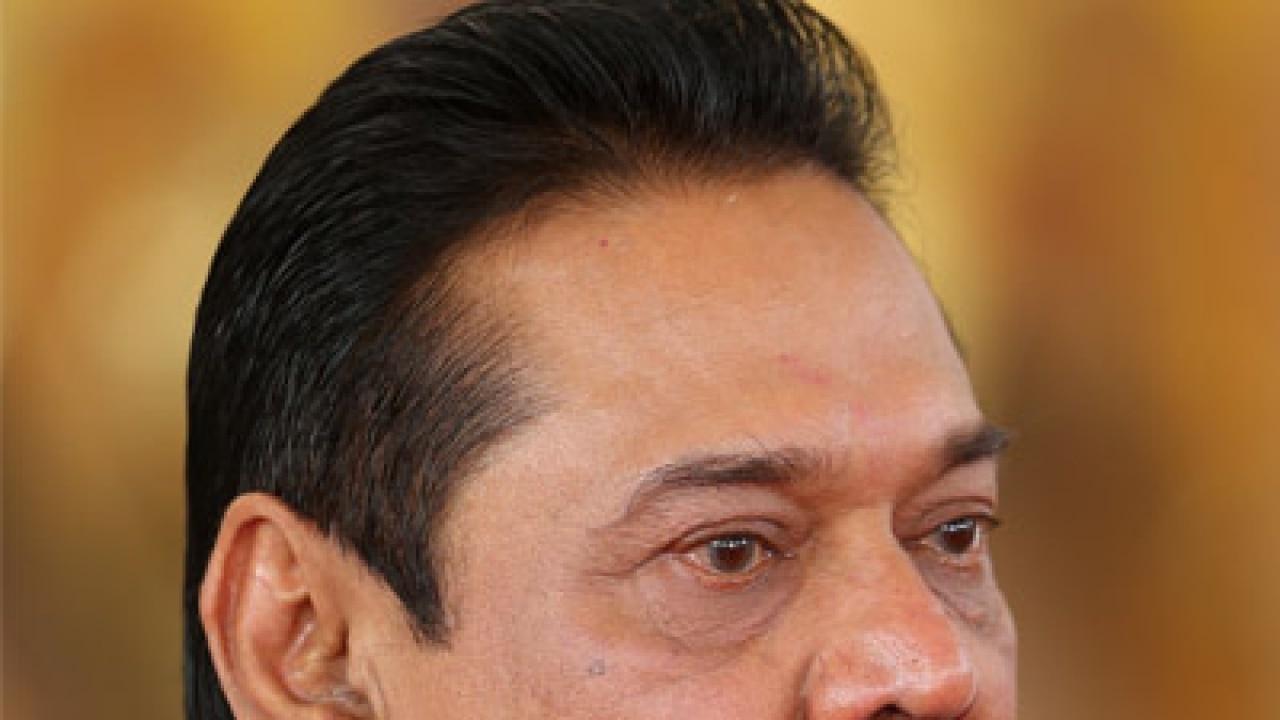
The upcoming election to the Sri Lankan Parliament, slated for August 17, is yet another high-stakes gamble for not only President Maithripala Sirisena and Prime Minister Ranil Wickremesinghe but also former President Mahinda Rajapaksa.
Sirisena’s dissolution of Parliament, which he had promised on April 23 after 100 days in office, comes 10 months before the term of the 225-member House was to end. In the normal course, elections were due only in April 2016.
Ever since Sirisena won the presidential election in January 2015 — as the common candidate of the opposition parties against Rajapaksa — and appointed a minority government headed by Wickremesinghe of the United National Party (UNP), there has been speculation over the timing of parliamentary elections. The failure of parties to reach a consensus on electoral reforms — which has stalled the 20th Amendment — added to the political uncertainty. The international community, especially the US and the UK, which had thrown its weight behind Sirisena against Rajapaksa in the January 2015 elections, was also showing signs of impatience at the elections being delayed. However, now President Sirisena is on course to keep his promise of ensuring a new government by September.
With the island republic now in election mode, President Sirisena’s Sri Lanka Freedom Party (SLFP) and Wickremesinghe’s UNP have to get their act together. The two leading parties, which joined hands to defeat Rajapaksa, are at loggerheads. At stake are not only the political future of Sirisena and Wickremesinghe but also the survival of the SLFP and the UNP — and all of this depends on the much-reviled Rajapaksa, who has made a perceptible political recovery in the six months since he lost the presidential election.
The UNP, with about 40 seats in Parliament, needs to nearly treble its strength for a clear majority. That is a tough call though the UNP is free of the virulent factionalism that plagues the SLFP. When Sirisena quit the government of Rajapaksa, he did not leave the party; and, Rajapaksa stepped down from his party post. In the event, the SLFP emerged stronger for Rajapaksa’s exit after Sirisena won the election.
Sirisena’s success has made the SLFP factions more ambitious. In the tussle the dominant factions are led by Sirisena and Rajapaksa. Understandably, the latter faction enjoys the upper hand as many aspirants for office are dissatisfied with Sirisena. There are also other groups, including one reportedly loyal to former president Chandrika Kumaratunga.
For the SLFP to hold its own against the UNP, the Sirisena and Rajapaksa factions have to join hands; and, serious attempts are being made towards this end. One outcome of the factions coming together is that Rajapaksa would be strengthened; and, if the SLFP does better than the UNP, Rajapaksa would return to calling the shots and, perhaps, as Prime Minister in place of Wickremesinghe
This, it is felt, could be a setback to reconciliation with the Tamil minority and spell trouble at a time when the Tamil Tigers’ network of men and money is intact. In its Country Reports on Terrorism for 2014, the US State Department held that “the LTTE’s financial network of support continued to operate throughout 2014.” The report said that the Liberation Tigers of Tamil Eelam used “its international contacts and the large Tamil diaspora” in North America, Europe and Asia “to procure weapons, communications, funding, and other needed supplies.”
The LTTE being able to reactivate itself is fraught with political, strategic and security implications for Sri Lanka as well as India. The cloud over Sushma Swaraj certainly does not make for a clear-sighted view of the situation for New Delhi.
The author is an independent political and foreign affairs commentator